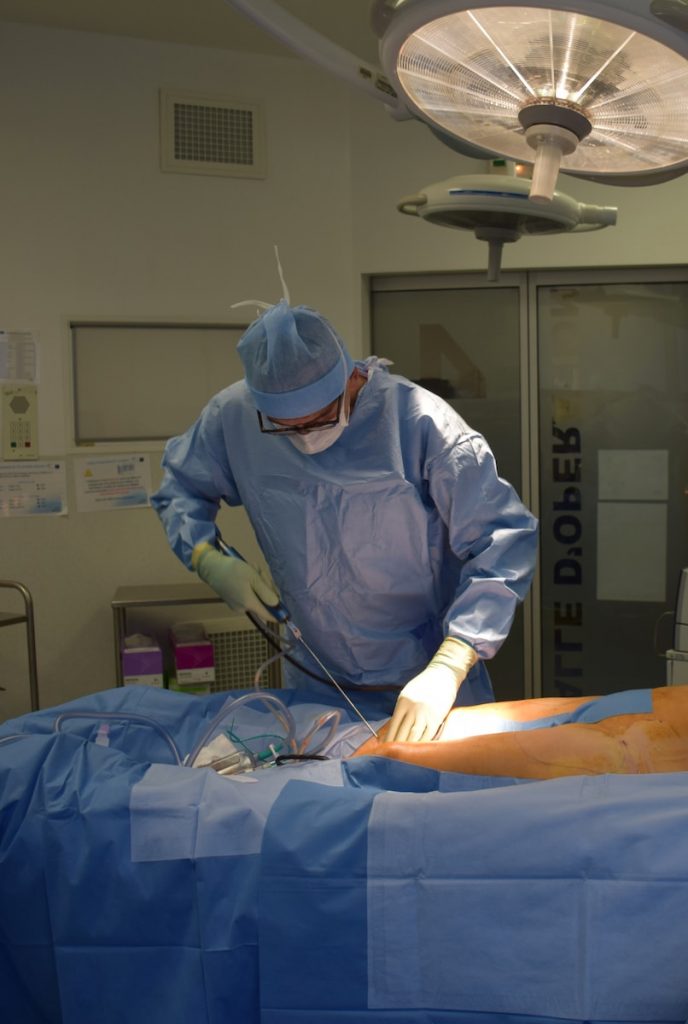In today’s world of medical advancement, countless procedures promise skin rejuvenation and a more youthful appearance. Among these, an innovative procedure has emerged, known as J-Plasma. In this article, we delve into the depths of what is J Plasma skin tightening, how it works, its benefits, risks, and alternatives.
What is J-Plasma?
J-Plasma, also known as Renuvion J Plastma or J-Plasty, is a non-surgical procedure intended to tighten loose skin. This non-invasive treatment is unique in its approach, allowing plastic surgeons to apply controlled heat to specific areas for targeted skin tightening.
However, it’s worth noting that while J Plasma treatment has shown promise in skin tightening, it hasn’t received clearance or approval by the U.S. Food and Drug Administration for aesthetic procedures designed to improve the skin’s appearance.
The Science Behind J-Plasma
J-Plasma operates by creating a small entry point, allowing for the placement of a device just beneath the skin. Once the device is in place, the specialist releases pro helium gas and radiofrequency (RF) energy to generate a precise stream of plasma. This energy generates enough heat to contract the skin. At the same time, the excess helium gas cools the treatment area. This dual-action mechanism contracts the tissues just under the skin, effectively tightening it.
What Can J-Plasma Treat?
J Plasma treatment can be used to tighten skin in almost any body area. Common areas where this procedure is applied include the arms, abdomen and sides (belt lift), thighs, lower face and neck, and knees.
Ideal Candidates for J-Plasma
J Plasma Renuvion is a suitable treatment option for individuals who desire skin tightening results but are reluctant to undergo invasive plastic surgery. The procedure offers significant skin tightening with only a tiny incision, minimal scarring, and downtime.
However, as with any medical procedure, it’s critical to discuss the benefits and risks with your healthcare provider before deciding on it.
Side Effects and Recovery Time
As a non-surgical procedure, J Plasma Renuvion usually has a quick recovery time and is relatively pain-free. However, like any treatment, it may come with potential side effects. Some patients may experience mild discomfort during and after the procedure. Other potential side effects include swelling, nausea, and redness.
The recovery time can vary from patient to patient, depending on the extent of the treatment.
FDA Warning on J-Plasma
Despite its potential benefits, the FDA issued a warning against the use of the Renuvion/J-Plasma device for certain aesthetic procedures. These include procedures intended to improve the skin’s appearance through dermal resurfacing or skin contraction. The FDA has received reports of potentially life-threatening adverse events when the Renuvion/J-Plasma device was used under the skin.
Downsides and Risks of J-Plasma
While J-Plasma offers promising results, it’s essential to consider its downsides and risks. As with any medical procedure, there are potential risks associated with J-Plasma. These include second- and third-degree burns, infection, change in skin color, scars, nerve damage, significant bleeding, and air or gas accumulation under the skin.
The recovery time for J Plasma procedure is extensive compared to other non-invasive procedures. Patients will need 48-72 hours of rest and recovery time post-procedure, and they may need to wear a compression garment for a few weeks afterwards.
Furthermore, the results of the Renuvion J Plasma procedure aren’t immediate. Patients may not see the full results of the treatment for several months.
Alternatives to J-Plasma
Considering the risks associated with J-Plasma, individuals may want to explore other skin tightening procedures. Some alternatives include Thermage, liposuction, and tummy tucks.
Thermage
Thermage is a non-surgical procedure that uses laser radiofrequency technology to boost collagen production in the skin, resulting in firmer, tighter skin.
Liposuction
Liposuction is another option for those whose loose skin appearance is caused by stubborn fat deposits. This body contouring procedure is typically performed under general anesthesia and involves the removal of fat through small incisions.
Tummy Tuck
A tummy tuck is an invasive plastic surgery procedure designed to tighten the appearance of the abdominal area. This procedure involves the removal of excess and sagging skin from the abdomen and the repair of abdominal muscles for a firmer contour.
Final Thoughts
Overall, J-Plasma is a promising procedure for individuals seeking non-invasive skin tightening. However, it’s essential to discuss all available options with a healthcare provider before deciding on a procedure. Always consider the potential risks, benefits, and alternatives to ensure the best possible outcome for your specific needs.

